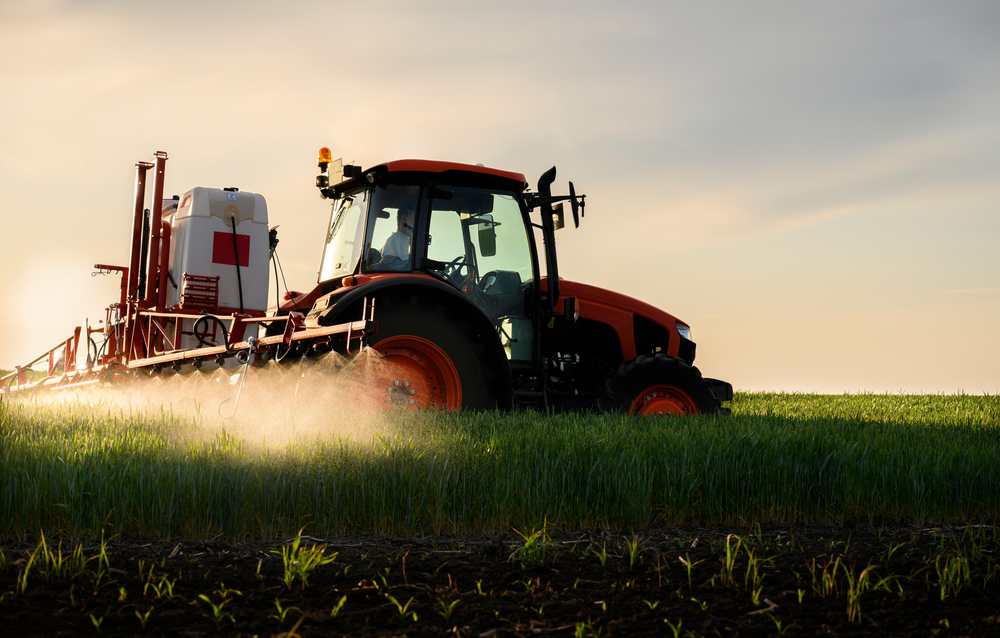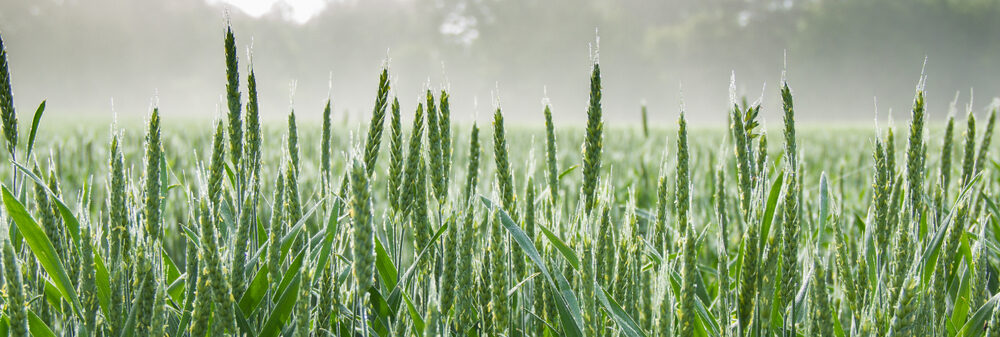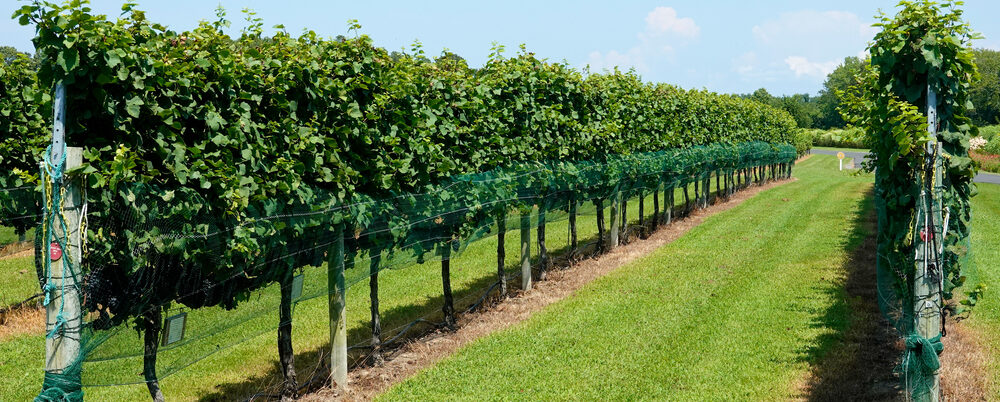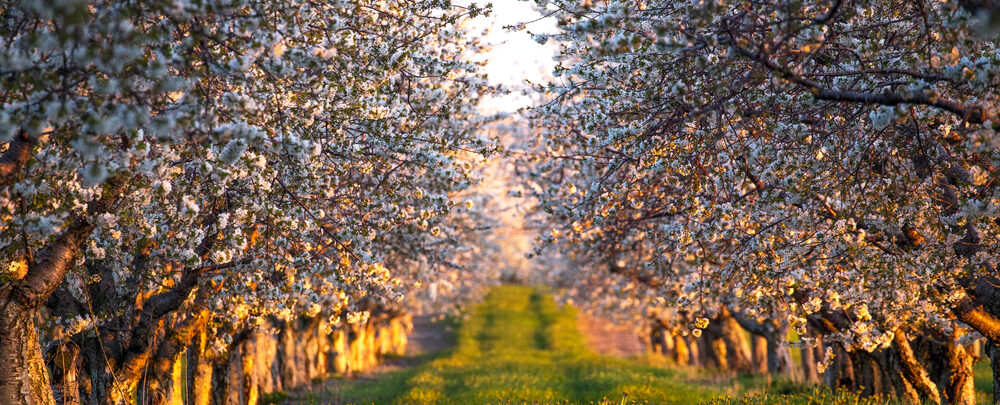Dicamba is a chemical compound found in a range of herbicides. It was originally approved by the FDA in 2016 and, since then, it has been linked to millions of acres of farm and natural wildlife damage across the country. This damage has been caused by “drift” or “high volatility”—the ability of the pesticide to spread beyond the area it was applied. This tendency was known during approval and is far more common with dicamba than it is with other herbicides.
Older versions of dicamba have recently been banned from use, while two of its manufacturers have had to pay over a quarter of a billion dollars to a single farmer over damage to his property.
If you are a landowner who believes that damage has been caused by dicamba drift from neighboring areas, you may be eligible to receive compensation. Fill out the forms below and speak to a lawyer about your eligibility to be a part of a class-action lawsuit against the multi-billion dollar manufacturers of this dangerous chemical.
Dicamba Litigation Background and Current Lawsuits
Dicamba is a herbicide designed to kill broad-leafed weeds that are resistant to the herbicide “RoundUp,” though it is also known to kill crops and other plants indiscriminately. To combat this problem, the chemical company BASF and Monsanto (now a subsidiary of Bayer) created new GMO crops that were resistant to dicamba, which would allow growers to use the chemical to kill weeds while saving their crops. When farmers started to use these seeds, the dicamba they used on them spread to farms that were not growing dicamba-resistant crops, causing hundreds of millions in damages.
Lawsuits against dicamba manufacturers make the following claims:
- The companies actively advertized their resistant crops knowing that dicamba spread was still a major issue that hadn’t been addressed.
- Low-volatility dicamba has been created, but not yet approved. However, the companies began marketing their resistant seeds before the low-volatility herbicide was released. This encouraged farmers to use the older, high-volatility product
- The companies refused to let academic researchers review the effects of their herbicides or provide detailed information they knew from testing on previous crops.
- The manufacturers violated federal law by advertizing both the new crops and the old version of dicamba at the same time, intentionally aiming to confuse farmers, who then used the high-volatile herbicide.
Bader Farms, Inc. v. Monsanto Co (2019)
The first case against a company regarding the damage caused by dicamba drift was held in Missouri during 2020, and was put forward as the “bellwether case” (a case used to show that other cases have a right to also be held) for a larger multidistrict litigation (MDL).
In Bader v Monsanto, Bader Farms claimed that Monsanto and BASF (which was later named as a second defendant) intentionally worked to deceive other farmers and encourage them to use highly-volatile forms of dicamba. In doing so, they are responsible for the drift that killed over thirty thousand peach trees owned by the plaintiff, causing over $1.5 million in damages.
The case ended in favor of the plaintiff, with the judge ordering an award of $15 million in damages and a further $250 million in “punitive damages” (for the suffering of having to go through the process, as well as punishing the defendants). This second amount was later lowered to $60 million. Monsanto is appealing the decision.
In Re: Dicamba Herbicides Litigation, (2019)
This MDL came before the courts as a group of over a dozen farmers claimed for damages caused by dicamba drift, as well as putting forward a claim of an intentional conspiracy between the large manufacturers that was illegal by federal law. This second complaint was eventually dismissed, as plaintiffs were unable to clearly point out which law had been broken.
However, on the back of the success of Bader v. Monsanto, the two companies decided to settle with the farmers over the first matter. This $400 million settlement means that Monsanto et al. have not claimed responsibility for their actions, but it does set a strong precedent for further cases to settle.
Ongoing Lawsuits Against the Environmental Protection Agency (EPA)
While large civil lawsuits against these companies have seen substantial settlements, another important set of lawsuits are being put forward against the government. While these lawsuits will unlikely see any financial settlement, they are designed instead to change the law.
The American Soybean Association is currently suing the EPA over their continued approval of dicamba, against the overwhelming evidence of its damage to crops around the country. The National Family Farm Coalition has also sued to remove the registration of several older dicamba pesticides, making them illegal to sell. In this case, they won, and registration has been removed. However, the law allows that existing stocks may be used by farmers.
As it currently stands, most herbicides that contain dicamba are legal to be used in all states in America, and the EPA continues to approve new herbicides coming to market. Monsanto is appealing its case against Bader, as they are in negotiations for the final settlement in the multidistrict litigation.
What Should I Do if I Have Been Affected by Dicamba?
Fill out our form and we’ll connect you to a reputable firm in your area. After reviewing your specific circumstances, the lawyer may agree to take your case. Most lawyers take cases “on contingency.” This means you will need to pay no money for their expertise and advice until you have received compensation. Then, based on a pre-arranged contract, they will be paid a small percentage of the final amount.
If a lawyer decides not to take your case, ask them to explain why they have chosen not to. Under some circumstances, it may be that another lawyer will be better suited for your specific claims.
How Do I Know if I Qualify to Be Part of a Dicamba Lawsuit?
If you can show that your land suffered damages between 2015 and 2020, and that this led to financial loss, you should discuss with our lawyers if you may be eligible to be a part of the case against Monsanto and BASF. As Dicamba volatility was wide-reaching, having a direct neighbor that used the herbicide may not be necessary.
How Does a Dicamba Class Action Lawsuit Work?
Many clients worry that they will be suing other farmers or small sellers of pesticides who were unaware of the damage they were causing. This is rarely the case. The defendants in most Dicamba cases are the companies that created and marketed the pesticide: Bayer-Monsanto and BASF. Future cases may also include the US government for failing to ban these pesticides.
Do I Need a Lawyer to Join a Class Action Lawsuit?
While it is not strictly necessary to have employed a lawyer for your case, the knowledge, and experience they have in fighting multinationals is invaluable. Be assured, Monsanto et al. spend tens of millions of dollars every year on lawyers that will fight against you in court. It is important, for justice to prevail, that you are adequately represented.
As speaking to a lawyer will not incur fees, we highly recommend you do so before making any final decisions.
How Long Does It Take to Settle a Dicamba Lawsuit?
Dicamba Lawsuits started relatively recently and while the first stages have moved quickly, it is difficult to tell how long the appeals process may continue and how long later cases may take. In general, it is fair to expect a civil matter this large to take between one and three years. Once a decision or settlement has been agreed upon, however, the process moves far more rapidly. As previous cases have been settled, we expect that future ones will have similar results.
What Is the Statute of Limitations on a Dicamba Lawsuit?
The statute of limitations is the amount of time you have after an incident to sue for damages. In the case of dicamba, this may be when your crop was damaged, or when you realized that the damage was caused by dicamba. The statute of limitations is specific to your jurisdiction and so it can matter where your farm was when this occurred. Rather than make assumptions, it is best to talk to a lawyer as soon as possible to evaluate if your case is within the time frame. Fill out our short form and you will be contacted by a lawyer who can determine if you are still within the statute.
How Much Can You Get From a Dicamba Lawsuit?
Previous dicamba lawsuits have involved quite large lawsuits, reflecting the damage to the farmer as well as “punitive damages” (the psychological suffering caused by what you have gone through, as well as punishing the companies for their actions). In some cases, the damages have reached hundreds of millions of dollars. While we are unable to offer a specific amount, you are rarely paid less than the money you have lost due to dicamba.
How Long Does It Take to Get Your Money After You Settle a Lawsuit?
Once a lawsuit has been settled, or a decision is made by the courts, it may still take some time before you get your money. In many lawsuits, plaintiffs will receive different amounts based on the damages caused by the defendant. If you have lost more money, you deserve greater compensation. Working this out may take some time.
After these decisions have been made, your lawyer will receive their first payment after working for free up to now. This fee would have been decided with you before starting your case. Once they receive their money, you should receive your money on the very same day. This money is received as an electronic transfer or cheque.
Wrapping Up
Damage due to dicamba drift is a serious matter and can have wide-ranging consequences. Recent cases have uncovered the legal responsibility of Monsanto and BASF for the millions of acres that have been damaged due to this powerful herbicide. If you believe your property has been damaged by dicamba drift in the years after 2015, and you have experienced financial losses due to this damage, you may be eligible for compensation.
Fill out the form below and speak to a lawyer today. These discussions are private, free, and come with no obligation to continue with the person you speak to. Our lawyers have years of knowledge and experience when it comes to seeking justice from large corporations and can help you develop a plan when it comes to seeking reparations for the damage caused by dicamba.





